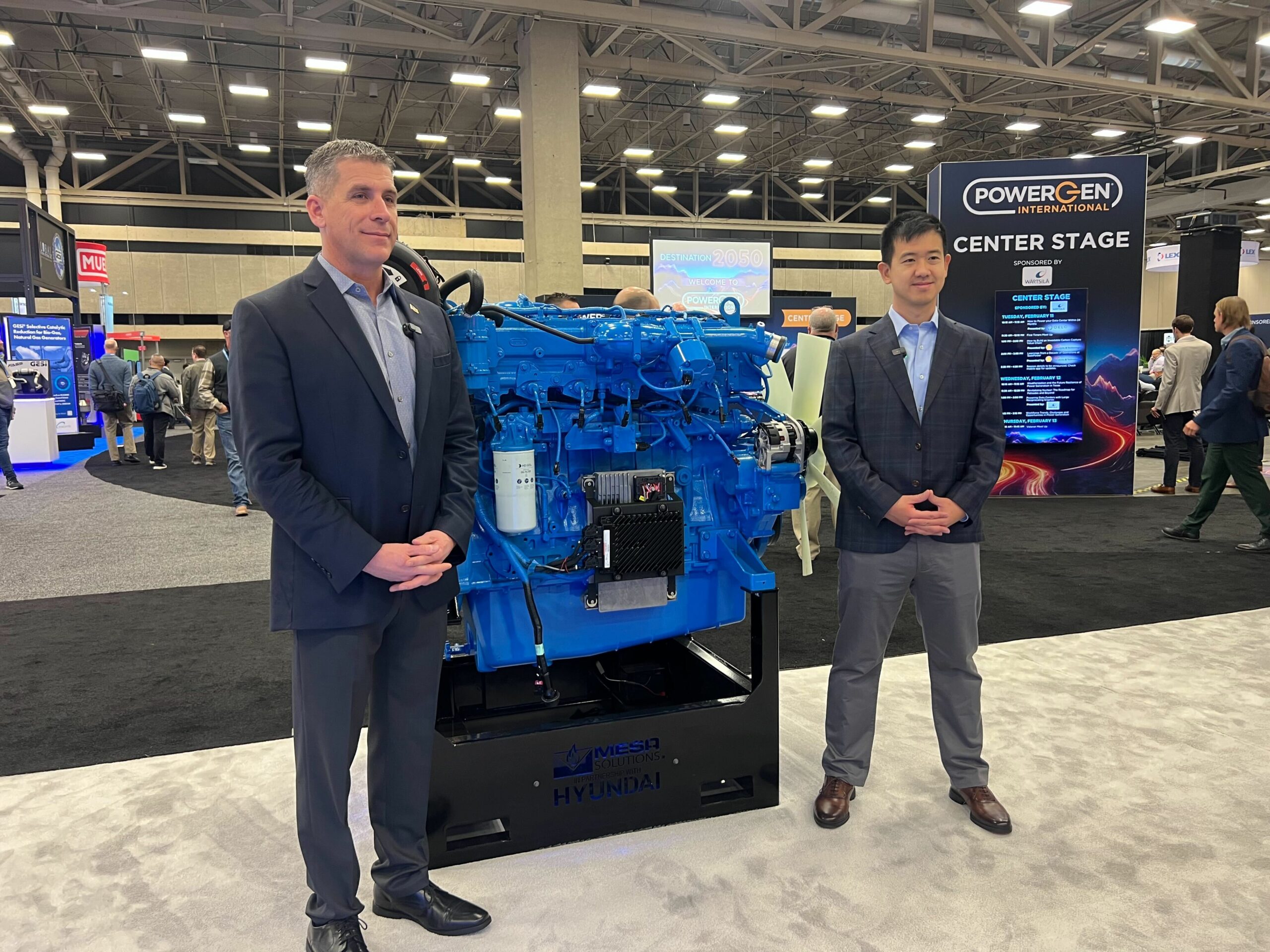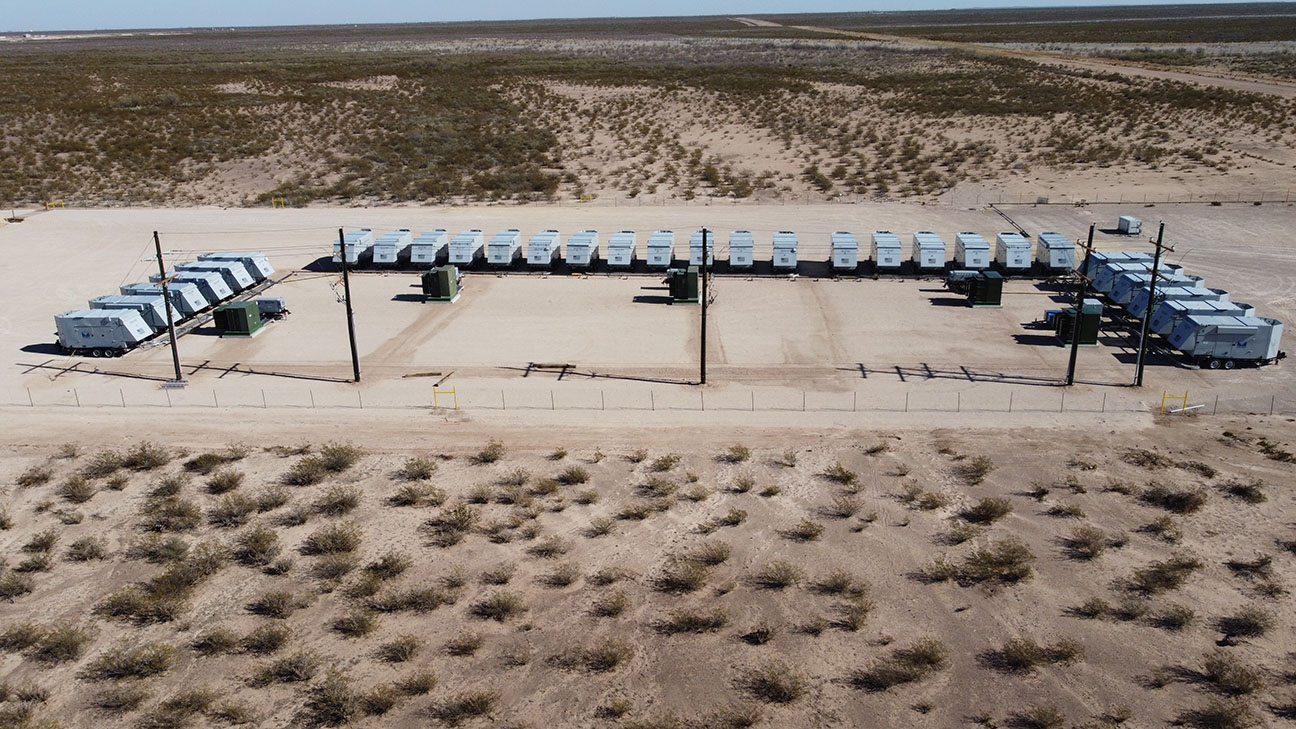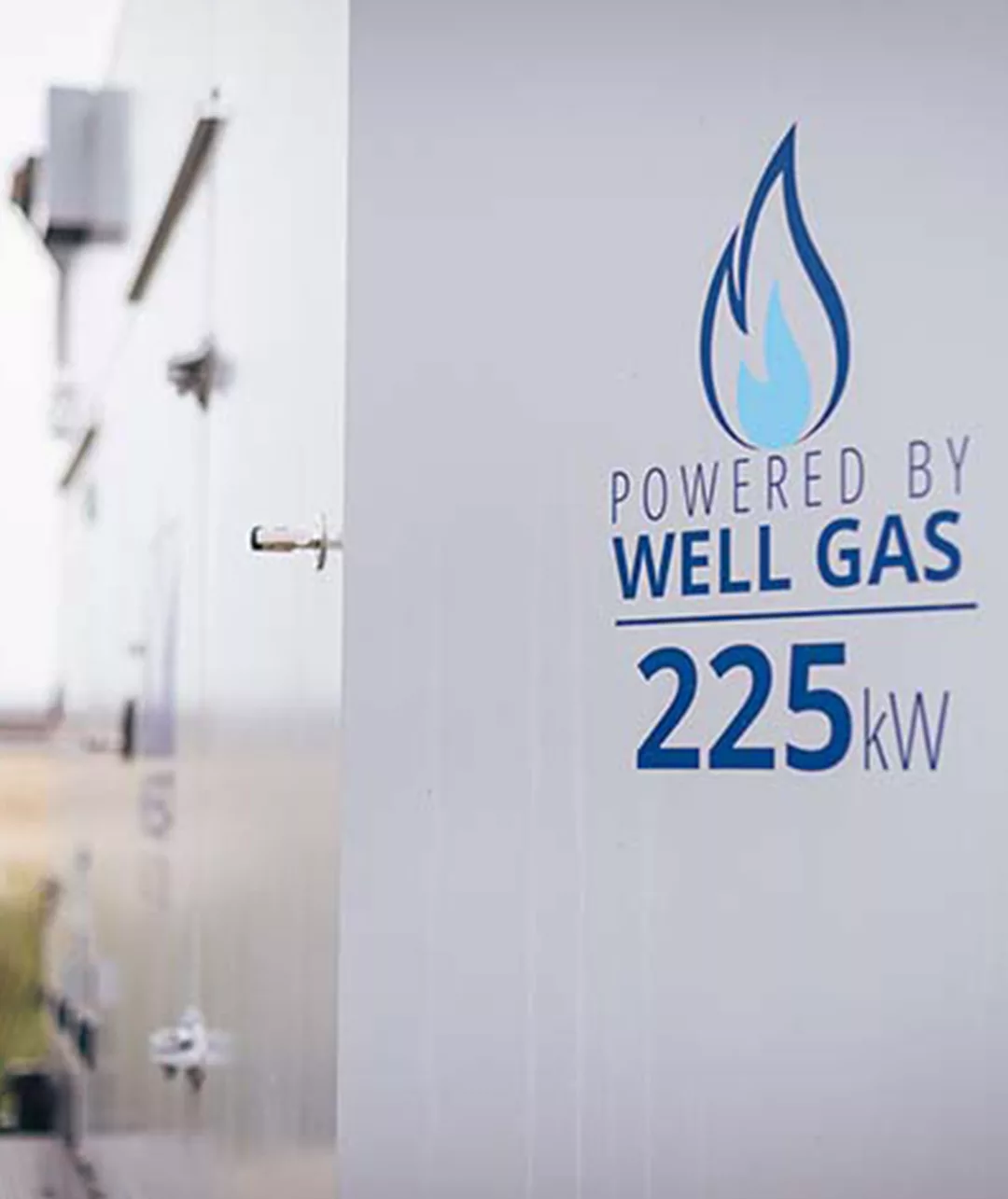Microgrids have proved to be a reliable and sustainable way to provide energy to communities, businesses, and institutions in recent years, However the process of selecting the appropriate microgrid solution for a given location can be complex and challenging. Three significant roadblocks typically arise when decisions are made about whether to build (and pay for) a microgrid. Two or three of these roadblocks are often present, but any of them can stop the decision-making process.
Roadblock 1: Determining the desired application for a given location
Stated simply, what are we going to do and why are we going to do it? Answering these questions can be difficult because there are numerous desirable goals to go after. Often, organizations have the desire to achieve multiple goals that require different approaches to accomplish. So, a solution may look inefficient at best or illusive at worst. An excellent method to cut through the clutter is to determine a location’s power load requirement and the time a standby solution must provide backup power in the event of a grid outage. For example, suppose a significant grid outage (more than a few hours) would be detrimental to the site. In that case, a resilient, dispatchable, prime power architecture generator used as a standby power source is needed. Once this decision is made, other components of the overall solution, such as supplemental power from renewables or additional revenue from market play, can be evaluated. (“Market play revenue could come from demand management programs or dispatching the resilient standby source into market opportunities). By taking these factors into account, decision makers can determine the desired application of a microgrid and identify the best solution.
Roadblock 2: Difficulty in forecasting benefits
Too often, cost/benefit analysis bogs down because the help of a microgrid power solution can be challenging to forecast. While a given site’s load profile is likely somewhat repetitive, it may have demand requirements that frequently occur at unpredictable times and magnitudes. As well, utility rates and demand program incentives can vary in periods and volumes shorter than the desired period of consideration for the overall solution, creating a deterioration of certainty of inputs in a study to consider and justify a microgrid as a power solution. A simple remedy for this problem is to source an energy-as-a-service or microgrid-as-a-service solution, thus avoiding an end-to-end, capital-up-front approach based on many benefit assumptions. In addition, the “as-a-service” approach reduces the risk for both the site and the solution provider and can often include maintenance in the comprehensive agreement. Further, decision makers must consider quantitative analysis to look at financial modeling, lifecycle cost analysis, and risk management. These approaches can provide a more comprehensive understanding of the potential benefits including cost savings, increased energy security, and reduced environmental impact.
Roadblock 3: Solution selection confusion
- First, decide, based on the power requirements derived in “Roadblock 1,” how much firm dispatchable generation is needed and if is it a requirement for “beyond a few hours” of power or standby power.
- Then, select a generator type that uses the cleanest fuel. Plan for these assets to be installed in a way that allows for expansion, as you may want to reach additional goals over time.
- Next, based on the geographic location of the site, determine the amount of renewable energy potential for the site.
- Then, analyze the economics of those resources alone and with storage batteries to see if your economic criteria can be met. Sometimes, depending on funding sources, renewable resource content in your project is a fixed parameter, e.g., a required percentage/amount of the funding allocated to renewables. If so, apply those criteria at this point, and take an iterative approach to your overall solution.
- Finally, select a control and telemetry scheme to optimize the solution’s overall performance and report that data to you.

Another criterion is coming into play more and more frequently: multiple sources of fuel for dispatchable generation. A great option for meeting these criteria is selecting a dispatchable generation source that uses natural gas and site-stored propane as fuel, such as a Mesa Solutions generator with automatic fuel-switching capabilities.
In conclusion, the selection of a microgrid solution can be a complex and challenging process. With several factors that can obstruct effective decision making. By addressing the challenges of determining the desired application, forecasting benefits, and solution selection confusion, decision makers can select a microgrids solution that meets the needs of their location and provide the most value to the consumer.
about the author

Tom Poteet is the VP of Corporate Development for Mesa Natural Gas Solutions. Tom’s purview in this role includes characterizing and casting the vision for the optimal use of natural gas powered generation, monitoring the innovation stream for future sources of site power, and development of customized rate plans and progressive field applications to meet customers’ needs and financial preferences. With over 30 years in engineering, Tom’s career has given him experience in electric power, telecommunications, and oil field production. Tom graduated from Oklahoma State University with a Bachelor of Science in Electrical Engineering.












